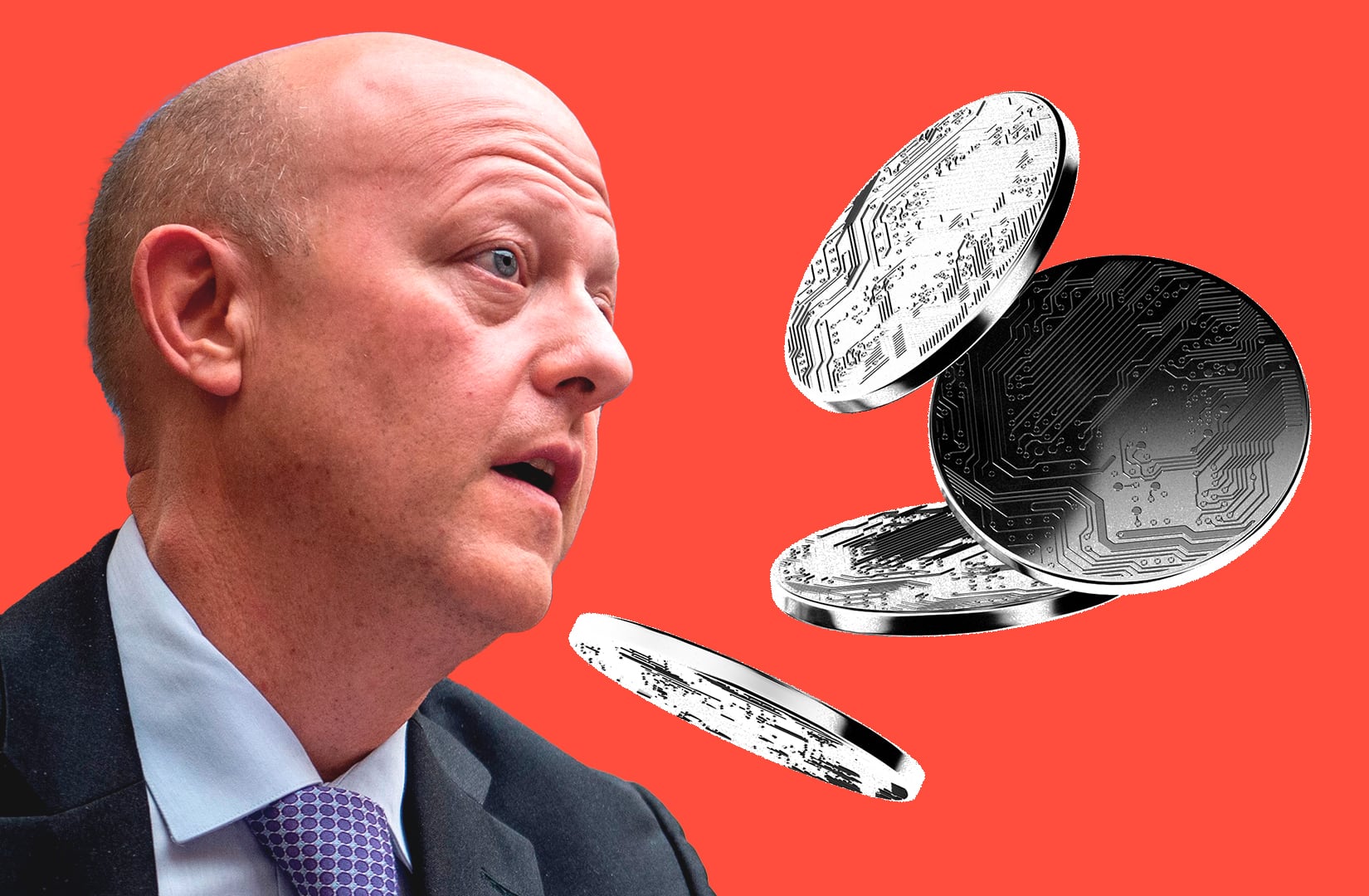How Circle’s ‘regulatory-first’ policy produced a 330% jackpot for investors
0
0

A version of this story appeared in our The Guidance newsletter on June 16. Sign up here.
It’s been 25 years since investors have seen an IPO like Circle’s boffo debut.
In seven trading days, Circle’s stock has soared 93% from its opening price, and 330% from its listing price. It’s a gaudy performance that feels like the dotcom boom during web 1.0.
Yet Circle’s hot start doesn’t just stem from optimism around stablecoins. It’s also testament to the company’s core strategy — complying with financial regulation.
Who would have thought that playing nice with governments, especially in an industry as resistant to oversight as crypto, would pay off so handsomely?
Compliance friendly
From the get go, CEO Jeremy Allaire opted to make Circle, which issues the USDC stablecoin, behave like other financial institutions.
Unlike Tether, Circle embraced the European Union’s Markets in Crypto-Assets regulatory regime, or MiCA, even though Allaire wasn’t shy about critiquing provisions he deemed unwise.
And unlike Binance, Circle had no problem with designating a global corporate headquarters like a normal company — it’s based in the One World Trade Center tower just off Wall Street in New York.
So when the US Congress this year considered two bills that would bring much needed clarity to the dos and don’ts in stablecoins, Circle was sitting pretty.
Unlike other stablecoin issuers, it was primed to make an already compliant USDC available to banks, patent processors, and other companies eager to tap the innovation once a bill is passed.
Take pride
Indeed, this was a key pitch to investors: Circle touted its bona fides right at the top of its stock offering filing with the Securities and Exchange Commission.
“We take pride in our regulatory-first posture in which we prioritise compliance,” the company stated.
Taken on its own, this position is rather meh. It’s what any company poised to list on a stock exchange might say.
In the context of crypto, especially coming out of the conflicts with the Biden administration, this amounts to a rather unorthodox stance.
Circle was eager to become a go-to partner for traditional finance in its bid to close the gap with Tether, the market leader in US dollar-backed stablecoins.
With $155 billion worth of USDT in circulation, Tether’s market share is more than twice the size of Circle’s.
Even so, investors are betting that the advent of a landmark US stablecoin law will be a game changer for the industry, and Circle will emerge a big winner.
Bullish signs abound.
Just last week, Stripe, the payments processor, acquired Privy, a crypto wallet provider, in preparation for providing their use to customers.
And venture capitalists are ploughing record investments into crypto startups.
Deals and IPOs and buzzing VCs? That is a very ‘90s vibe, indeed.
Edward Robinson is the story editor for DL News. Contact the author at ed@dlnews.com.
0
0
 Manage all your crypto, NFT and DeFi from one place
Manage all your crypto, NFT and DeFi from one placeSecurely connect the portfolio you’re using to start.




